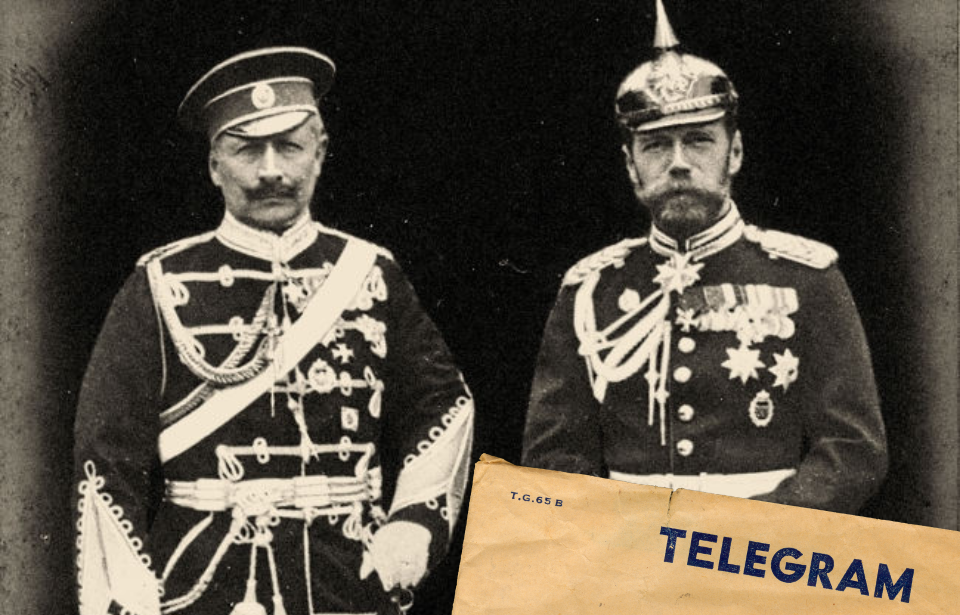The First World War – also known as the Great War – was a time of great unrest, with global superpowers going head-to-head in bloody and deadly battles. It was triggered by the assassination of Austrian Archduke Franz Ferdinand, which came at a time of high tensions in Europe. What many don’t realize is that two leaders, Kaiser Wilhelm of Germany and Tsar Nicholas II of Russia, tried to lessen the conflict’s spread, with little success.
La Belle Époque
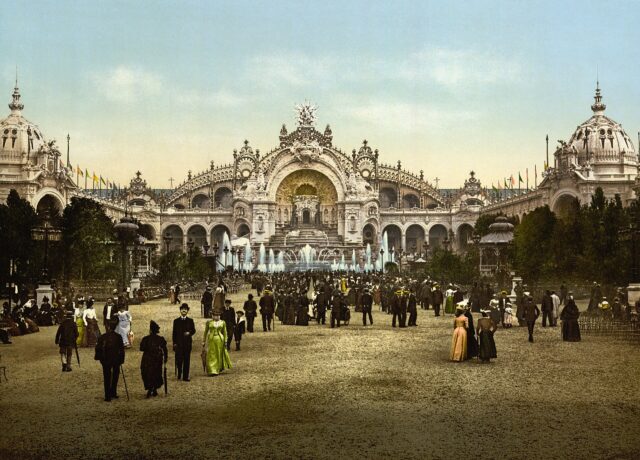
In the period between 1871-1914, Europe experienced a period of relative peace, conveniently dubbed “La Belle Époque” – or the “Beautiful Era.” This time was defined by its optimism, technological advancements, economic prosperity and expansion of the arts, and it’s often viewed as Europe’s “Golden Age” between the wars fought by Napoleon Bonaparte and World War I.
During this time, international law and the Hague Tribunal stepped in to resolve petty quarrels between nations, successfully brokering peace and hailing a new age beyond the savagery of warfare – or so it seemed. Belle Époque ended in the summer of 1914, when war was declared between Austria-Hungary and the Kingdom of Serbia following Franz Ferdinand’s assassination.
The declaration of war, preceded by tensions and uncertainty, triggered a domino effect, which led Europe and, subsequently, the world, into a years-long bloody conflict.
Kaiser Wilhelm of Germany and Tsar Nicholas II of Russia
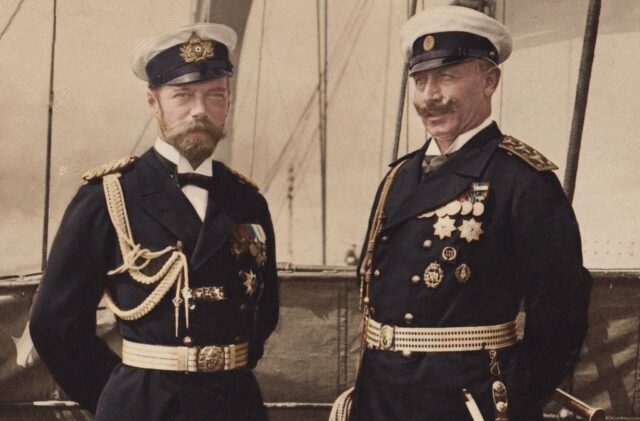
Just prior to the outbreak of violence, two monarchs, remnants of old-fashioned diplomacy, tried to talk things out via personal correspondence. They were the leaders of two of the most powerful belligerents of the war in continental Europe: Kaiser Wilhelm of Germany and Tsar Nicholas II of Russia. They were also the grandsons of Queen Victoria of England.
Due to their familial ties, Nicholas and Wilhelm grew up together, forming a deep bond with one another. As they became adults and assumed the leadership of their respective countries, the world changed beyond their comprehension.
Willy-Nicky Telegrams
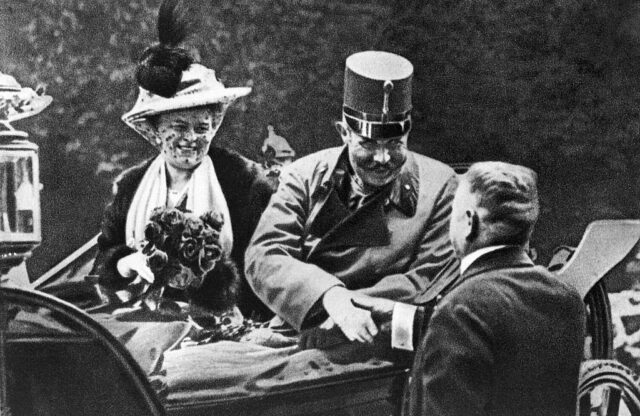
On the eve of the First World War, the two attempted to communicate with each other, in the hopes of calming the tensions that had escalated to never-before-seen heights. This correspondence went down in history as the “Willy-Nicky Telegrams,” due to the nicknames the pair used when addressing one another. They were discovered in 1918 and published with haste by an American journalist, Herman Bernstein, who was, at the time, tasked with covering the October Revolution in Russia.
The first telegram was sent by Nicholas just hours after the Austro-Hungarian declaration of war. The correspondence included 10 telegrams in total, sent across the period between July 29-August 1st, 1914, when the conflict was already in effect. At first, the tsar addressed his concerns to Wilhelm regarding the worsening situation and opened the talk by urging him to stand down:
“I foresee that very soon I shall be overwhelmed by the pressure forced upon me and be forced to take extreme measures which will lead to war. To try and avoid such a calamity as a European war I beg you in the name of our old friendship to do what you can to stop your allies from going too far. Nicky.”
Continuing their correspondence
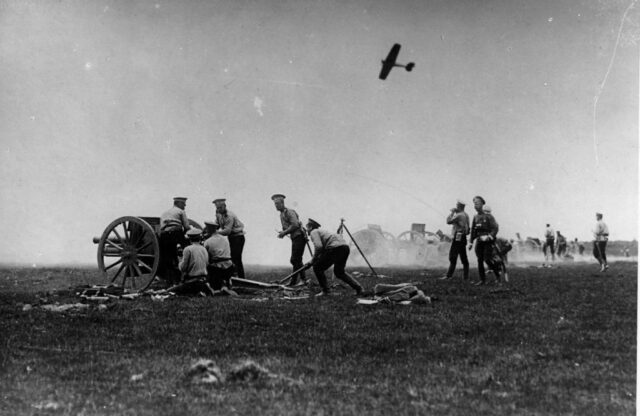
In anticipation of war, Russia had mobilized troops close to the border with Austria-Hungary, cautiously, but firmly awaiting for events to develop. This mobilization was the decision of political and military leadership of the countries, rather than by Nicholas.
At that point, both monarchs were nothing more than representatives of their nations, caught between the public and politicians. This is why the Willy-Nicky Telegrams invite a feeling of nostalgia, as they sound like the fictional account of two divine rulers as they attempt to negotiate a truce based solely on their personal opinions and interests.
While Wilhelm tried to persuade Nicholas that Serbia needed to be punished for supporting the assassination of Franz Ferdinand, the tsar responded that it was his duty to protect Russia’s weaker ally, for it was a question of honor and prestige.
The pair continued to discuss options for containing the potential conflict and preventing it from spreading across Europe, almost reaching an understanding at one point by agreeing to oversee an investigation regarding the assassination. The tone between them was friendly, and both assured one another that their intentions were honest and fair and that an all-out war in Europe was to be avoided at all costs.
However, little did they know that they were caught in what Henry Kissinger later described as the “Doomsday Machine.”
Caught in the ‘Doomsday Machine’
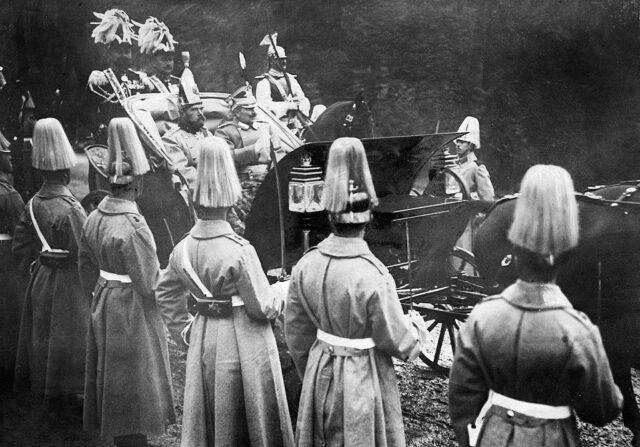
Henry Kissinger introduced this term to describe how Europe at the time was locked under a mechanism of alliances, protocols and mobilization timetables, which, once set in motion, were near impossible to stop by mere diplomacy. The Austro-Hungarian declaration of war triggered a reaction by all parties who had various scores to settle with each other, and there wasn’t a gesture in the world that could prevent the explosion of violence that followed.
Although Nicholas managed to cancel the general mobilization in Russia, his decision was quickly recalled by Foreign Minister Sergey Sazonov, who managed to convince the tsar that such acts of goodwill were unwise in times of great peril.
When Wilhelm realized he was rather hesitant in following through with the retreat of his troops from the border, he sent a cold-mannered reply, which read:
“Immediate affirmative clear and unmistakable answer from your government is the only way to avoid endless misery. Until I have received this answer alas, I am unable to discuss the subject of your telegram. As a matter of fact, I must request you to immediately [sic] order your troops on no account to commit the slightest act of trespassing over our frontiers. Willy.”
More from us: Germany Planned to Win WWII By Weaponizing the Occult
This was the final message between the two leaders. Soon after, they turned bitter foes, and what followed was a devastating war of attrition, which cost the world countless lives and became the deathbed of empires.
